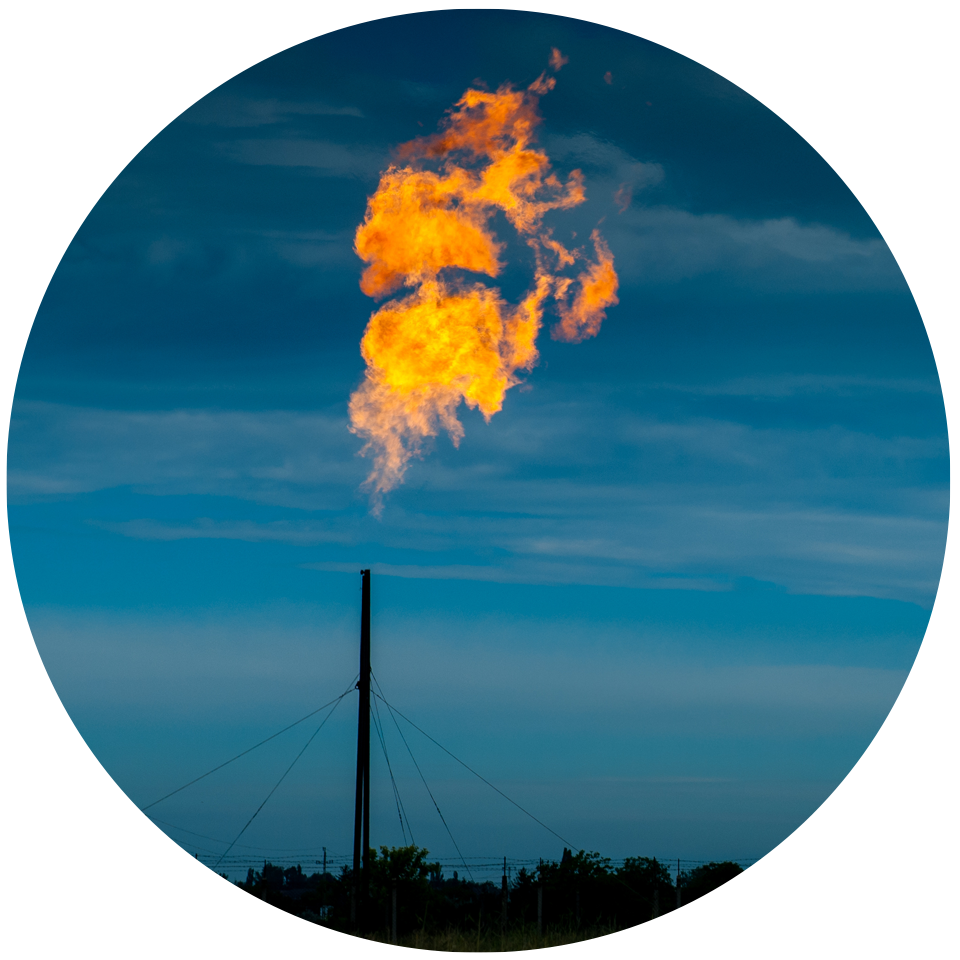Waste not,
want not
How a wastewater plant is future-proofing its facilities.
The story
A major wastewater plant in Eastern Ontario is responsible for cleaning an average of 415 million litres a day, or enough to fill 6,000 backyard swimming pools with a whole lot of you know what.
What's equally impressive, and what many people don't know, is that every time we flush our toilets, our waste doesn't go to waste. It's converted to energy through a process called cogeneration.

As the wastewater is treated, bacteria in digester tanks break down the biosolids, but in doing so create a bi-product of methane-rich gas.
Methane, however, is 25 times more potent than carbon dioxide in terms of trapping heat in the atmosphere.
Fortunately, this biogas is captured and repurposed as fuel via internal combustion engines, helping power and heat the plant. Some of the heat is actually reused in the treatment process to help break down the waste. It's an efficient, cyclical process that reduces GHGs and helps the plant be more self-sufficient.
Cogeneration has its financial benefits, too. When the plant operators first considered installing a cogeneration plant back in 1996, savings were estimated to be 25% of its annual hydro budget, or roughly $685,000 per year. Today, the cogeneration plant is saving an estimated $1.4M annually.
Now, with the cogeneration equipment rearing the end of its life, the operators of the wastewater facility are taking the opportunity to plan for the future. This includes installing new equipment with more capacity to support the community's growing needs.
With extreme weather events increasing, the system will also sustain the plant’s critical operations during a lengthy power outage.

So, the operators of the wastewater plant partnered with Envari, to help design the best long-term solution, factoring all life cycle costs for power and power redundancy requirements on site. The proposed design includes replacing the existing cogeneration facility, trading all three 800-kW cogenerators for larger, 1-MW engines – and adding a fourth – to increase performance and harness 100% of the plant’s biogas for electricity and heat. In other words: using as much free energy as possible.
These upgrades are estimated to cut utility expenses by $80 million over 25 years as well as 1,500 tonnes of carbon dioxide yearly. Also, the new cogeneration facility will be sized for a fifth engine to anticipate future volumes.
But that’s just the start. The new design will ensure all cogenerated electricity and waste heat can be effectively distributed across the entire plant. This involves a number of electrical infrastructure upgrades, as well as interconnecting the plant’s east and west hydronic heat loops.
The result will be a wastewater system that’s far more energy independent, capable of operating off-grid for days at a time with the help of an emergency diesel generator. This self-sufficiency will prove especially valuable during outages, minimizing downtime and potential risks to the adjoining river.
When all is said and done, the Cogenerator Replacement and Power Utilization project will be a significant step forward. The project will increase the plant’s energy efficiency, reduce carbon emissions and help protect Ontario’s rivers.
By repurposing a valuable resource, this wastewater facility will be wasting as little energy as possible. And the less you waste, the less you need – a powerful example.
Have a project with similar needs? Contact us today to learn more about our wide range of building and energy transformation services.
Contact us





